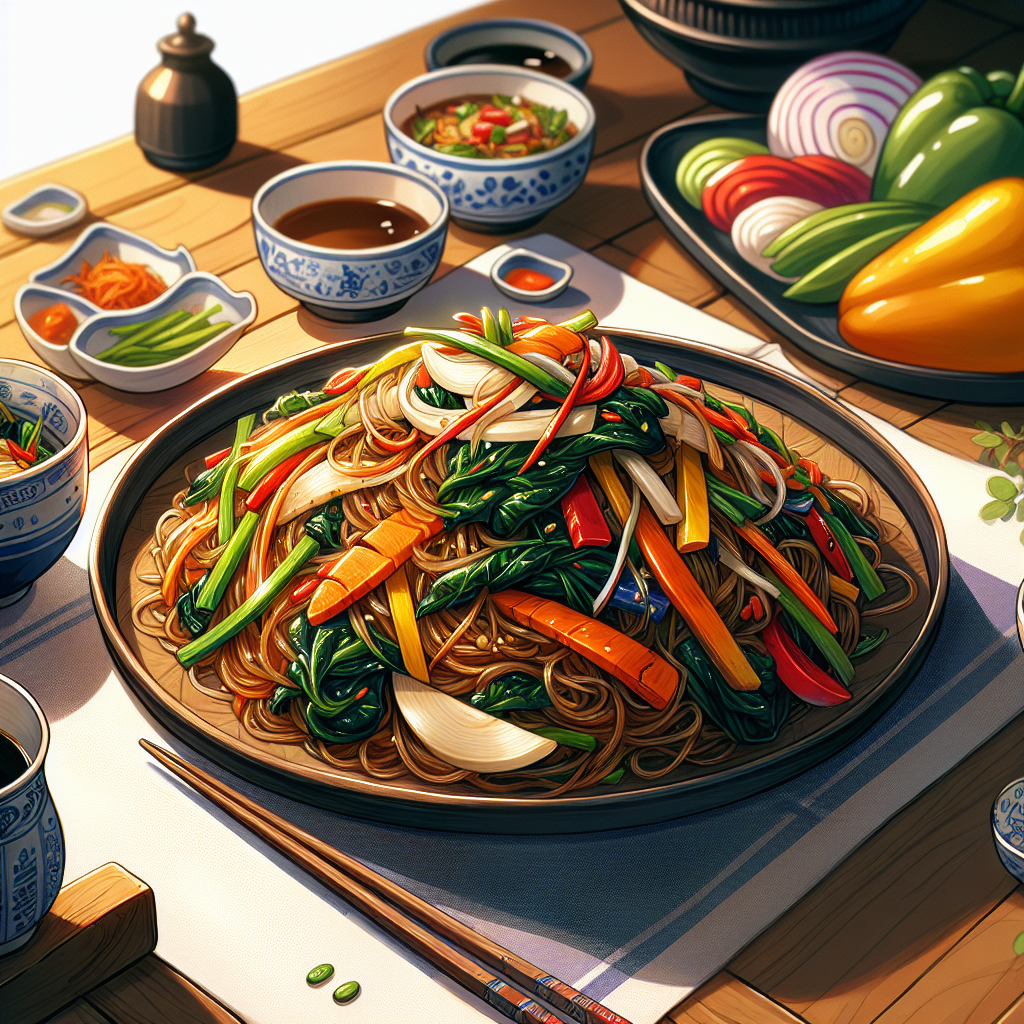Are you ready to embark on a culinary adventure and learn how to properly prepare and serve traditional Korean stir-fried glass noodles, also known as japchae? This delectable dish combines the chewy texture of glass noodles with a medley of colorful vegetables, creating a flavorful and satisfying meal. Whether you’re a novice in the kitchen or an experienced home cook wanting to expand your repertoire, this article will guide you through the step-by-step process of creating an authentic and delicious japchae. Get ready to awaken your taste buds and impress your family and friends with this delightful Korean dish!
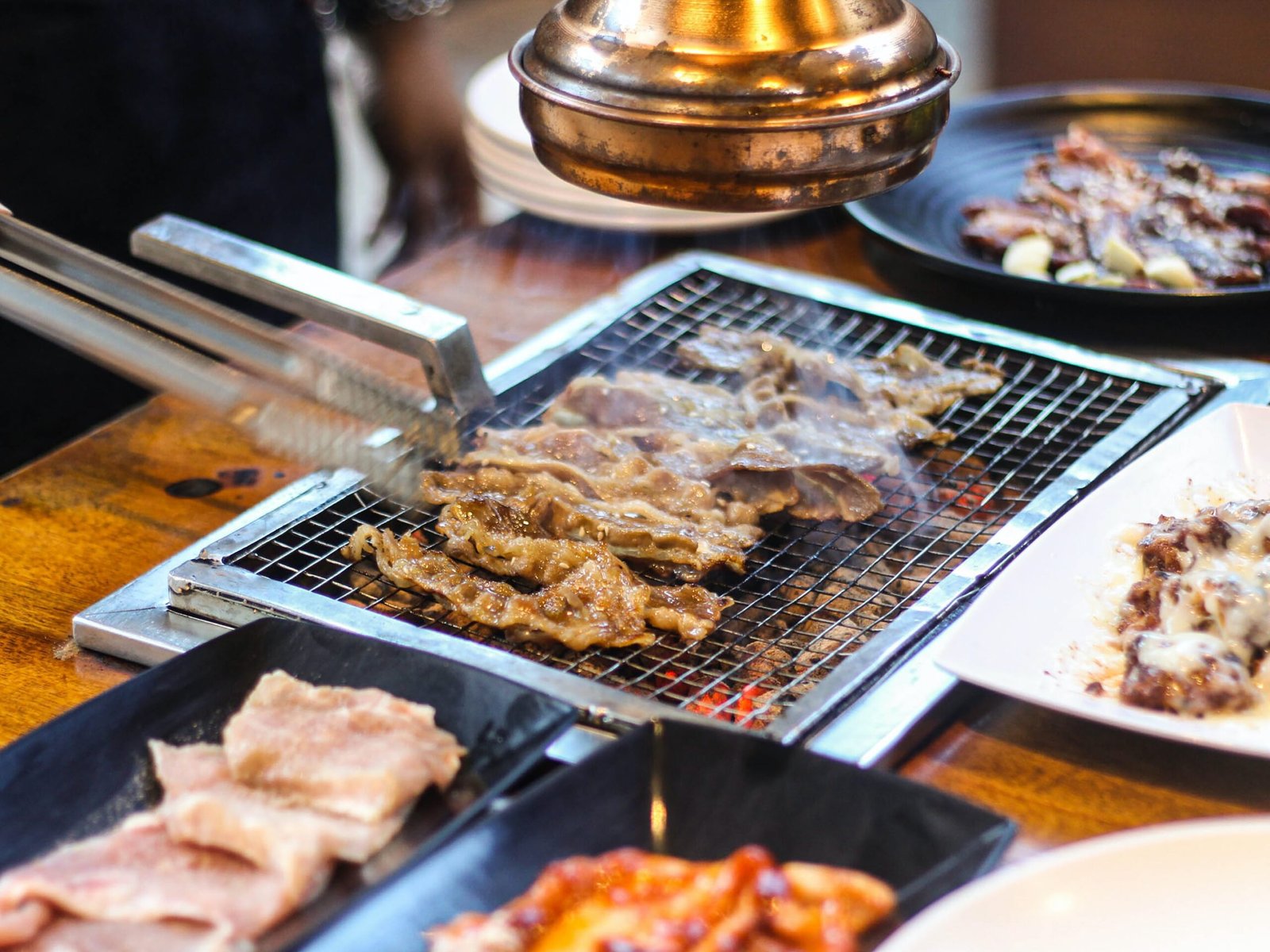
Ingredients
Japchae, a traditional Korean dish, is made with a variety of ingredients that come together to create a delicious and well-balanced meal. Let’s take a look at the key ingredients that make this dish so special.
Glass noodles
Glass noodles, also known as Korean sweet potato noodles or dangmyeon, are one of the main components of japchae. These translucent noodles have a chewy texture and are made from sweet potato starch. They absorb the flavors of the dish and add a delightful bite to every mouthful.
Meat
Meat, often beef, is commonly used in japchae. Thinly sliced marinated beef adds a savory and rich flavor to the dish. The meat is typically marinated to infuse it with delicious seasonings, enhancing its taste and tenderness.
Vegetables
A medley of colorful vegetables adds vibrancy, texture, and nutritional value to japchae. Common vegetables used in this dish include carrots, spinach, mushrooms, bell peppers, and onions. Each vegetable brings its own unique flavor and texture, ensuring a well-balanced dish.
Eggs
Eggs play a crucial role in japchae, providing protein and adding richness to the dish. They are often beaten and cooked into thin omelets before being sliced into strips and incorporated into the final dish. The addition of eggs adds a beautiful golden color and a touch of indulgence to the noodles.
Sauce
The sauce is what ties all the ingredients together and gives japchae its distinctive flavor. The sauce typically consists of soy sauce, sesame oil, sugar, garlic, and occasionally other seasonings like black pepper or sesame seeds. This flavorful sauce elevates the dish, giving it a perfect blend of sweet and savory notes.
Seasonings
Various seasonings are used in japchae to enhance the flavors of the dish. Garlic, ginger, soy sauce, sesame oil, and sugar are common seasonings that add depth and complexity to the overall taste. Seasonings can be adjusted and personalized based on individual preferences, allowing you to create a japchae that suits your palate.
Now that we’ve covered the key ingredients, let’s delve into the preparation process of traditional Korean stir-fried glass noodles (japchae).
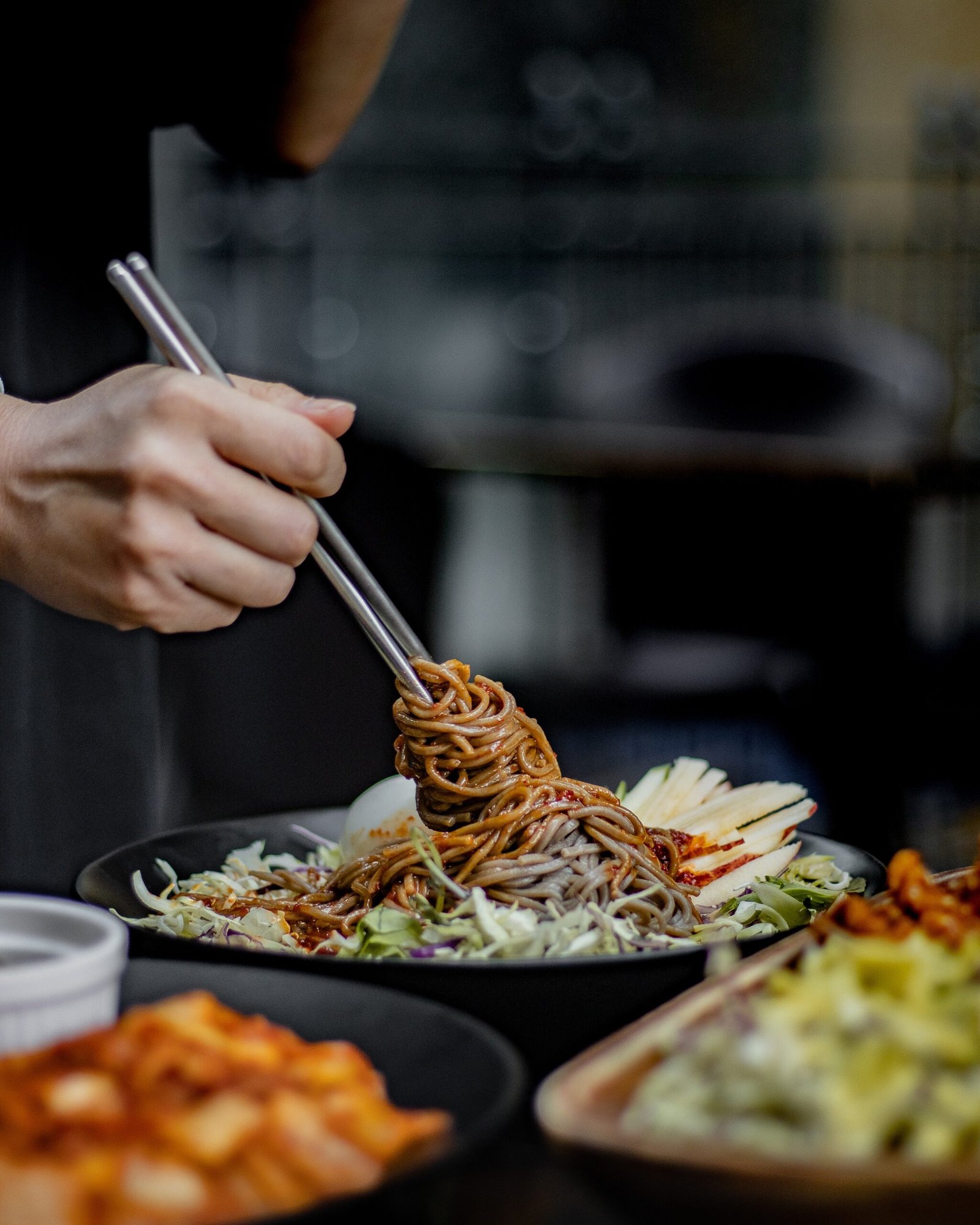
Preparation
Preparing japchae involves various steps to ensure that each ingredient is ready to be cooked and assembled. Let’s explore the necessary preparations before we start cooking.
Soaking the Glass Noodles
To achieve the perfect texture of glass noodles, they need to be soaked in water before cooking. Fill a large bowl with warm water and add the glass noodles. Allow them to soak for about 20-30 minutes or until they become soft and pliable. Once soaked, drain the noodles and set them aside for later use.
Marinating the Meat
If you choose to include meat in your japchae, marinating it will help infuse it with flavors and tenderize it. Thinly slice the beef and combine it with a marinade of soy sauce, sesame oil, garlic, and a touch of sugar. Let the beef marinate for at least 30 minutes, allowing the flavors to penetrate the meat. This step ensures that your meat will be flavorful and juicy when cooked.
Prepping the Vegetables
Preparation of the vegetables is crucial to achieve even cooking and a balanced combination of flavors and textures. Start by julienning the carrots into thin strips. Next, blanch the spinach briefly in boiling water, then shock it in ice water to preserve its beautiful green color. Squeeze out any excess water and cut the spinach into manageable lengths. Slice the mushrooms, bell peppers, and onions into thin strips as well. These steps ensure that the vegetables will cook evenly and blend harmoniously with the other ingredients.
Beating the Eggs
Eggs add a layer of richness to japchae when cooked into thin omelets and sliced into strips. Beat the eggs in a bowl until well combined. Heat a non-stick pan over medium heat and pour the beaten eggs into the pan, forming a thin omelet. Cook until the edges are set and the surface is slightly golden. Flip the omelet and cook for a further minute. Remove the omelet from the pan and slice it into thin strips. These strips will be added to the final dish, contributing to its visual appeal and taste.
Making the Sauce
The sauce is a vital component in japchae, as it brings all the ingredients together and provides a burst of flavor. In a small mixing bowl, combine soy sauce, sesame oil, sugar, minced garlic, and any other desired seasonings. Mix until the sugar dissolves, ensuring that all the flavors are well incorporated. Adjust the seasoning according to your taste preferences, adding more soy sauce for saltiness or sugar for sweetness. The sauce should be balanced and flavorful, ready to elevate the dish to new heights.
With all the ingredients prepped and the sauce prepared, it’s time to move on to the cooking process.
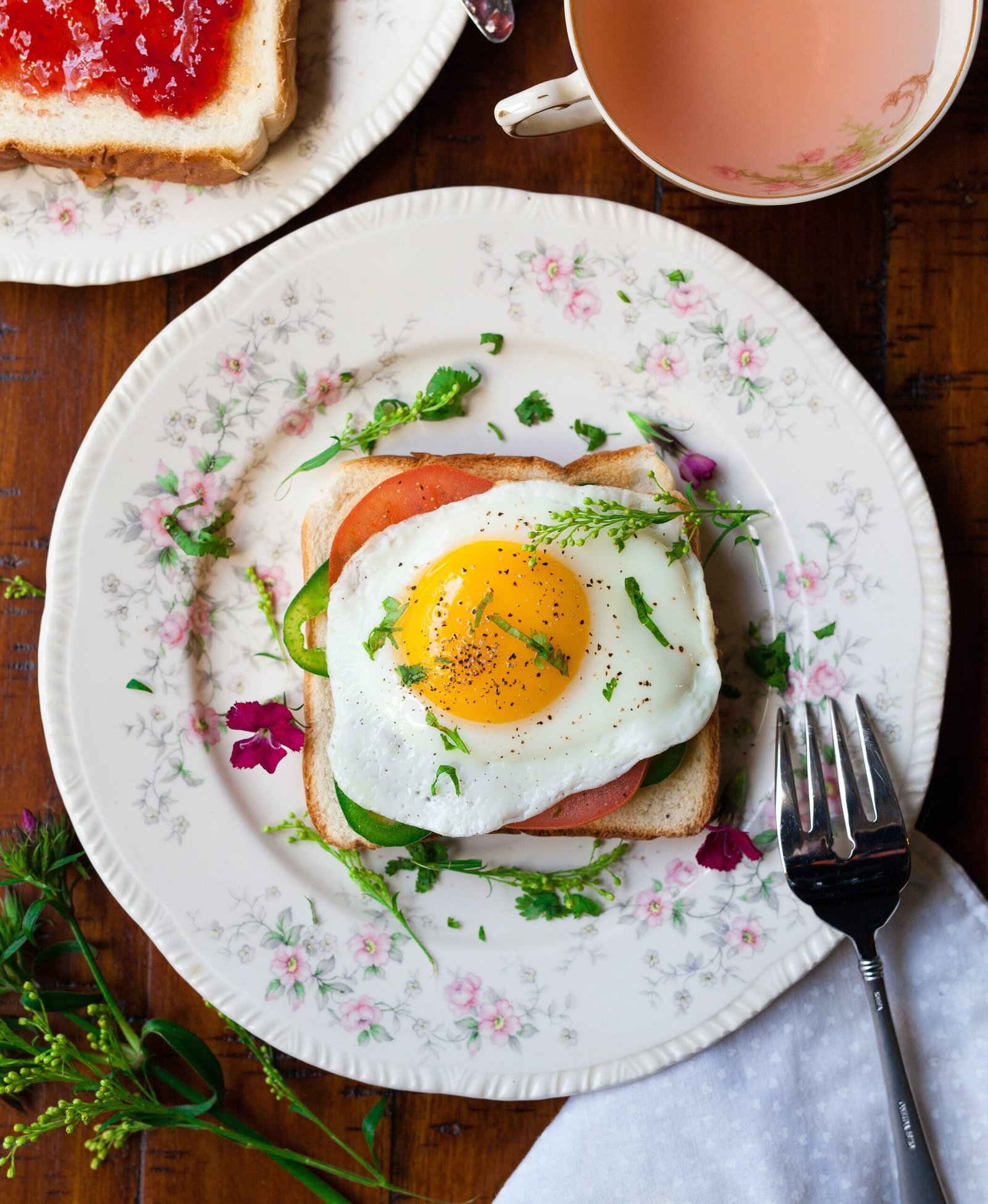
Cooking
Proper cooking techniques are essential for japchae to ensure that each ingredient is cooked to perfection and that the flavors are fully developed. Let’s dive into the cooking methods for each of the key ingredients.
Boiling the Glass Noodles
Drain the soaked glass noodles from earlier and bring a pot of water to a boil. Add the noodles to the boiling water and cook for approximately 5-7 minutes or until they are tender yet still slightly chewy. Be careful not to overcook the noodles, as they can become mushy. Once cooked, drain the noodles and rinse them under cold water. This step stops the cooking process and removes any excess starch, preventing the noodles from sticking together.
Cooking the Meat
Heat a large skillet or wok over medium-high heat and add a drizzle of oil. Once the oil is hot, add the marinated beef strips and cook them until they are nicely browned and cooked through. This will take about 3-4 minutes, depending on the thickness of the meat slices. Stir frequently to ensure even cooking and prevent the beef from sticking to the pan. Once cooked, transfer the beef to a plate and set it aside for later.
Stir-frying the Vegetables
Using the same skillet or wok, add a bit more oil if needed and heat it over medium heat. Add the carrots first, stir-frying them for a minute until they begin to soften. Next, add the mushrooms, bell peppers, and onions, continuing to stir-fry for another 2-3 minutes or until the vegetables are tender-crisp. Finally, add the blanched spinach to the mix and cook for an additional minute, making sure it is heated through. The vegetables should be vibrant, slightly tender, and retain their natural flavors.
Cooking the Eggs
Return to the non-stick pan used earlier to cook the eggs. Heat the pan over medium-low heat and add a small amount of oil or cooking spray to prevent sticking. Pour the beaten eggs into the pan, ensuring they spread out evenly. Cook the eggs until they are set and lightly golden on both sides. This should take about 2 minutes per side. Once cooked, remove the omelet from the pan, let it cool slightly, and slice it into thin strips.
Combining the Ingredients
Now that all the key ingredients have been individually cooked, it’s time to bring them together. In the same skillet or wok used for stir-frying the vegetables, add the drained glass noodles and the cooked beef. Pour the prepared sauce over the mixture and toss everything together, ensuring that each noodle and piece of meat is coated in the flavorful sauce. Continue stir-frying for another couple of minutes to heat everything through and allow the flavors to meld together.
With the cooking process complete, it’s time to move on to the final step – serving the japchae.
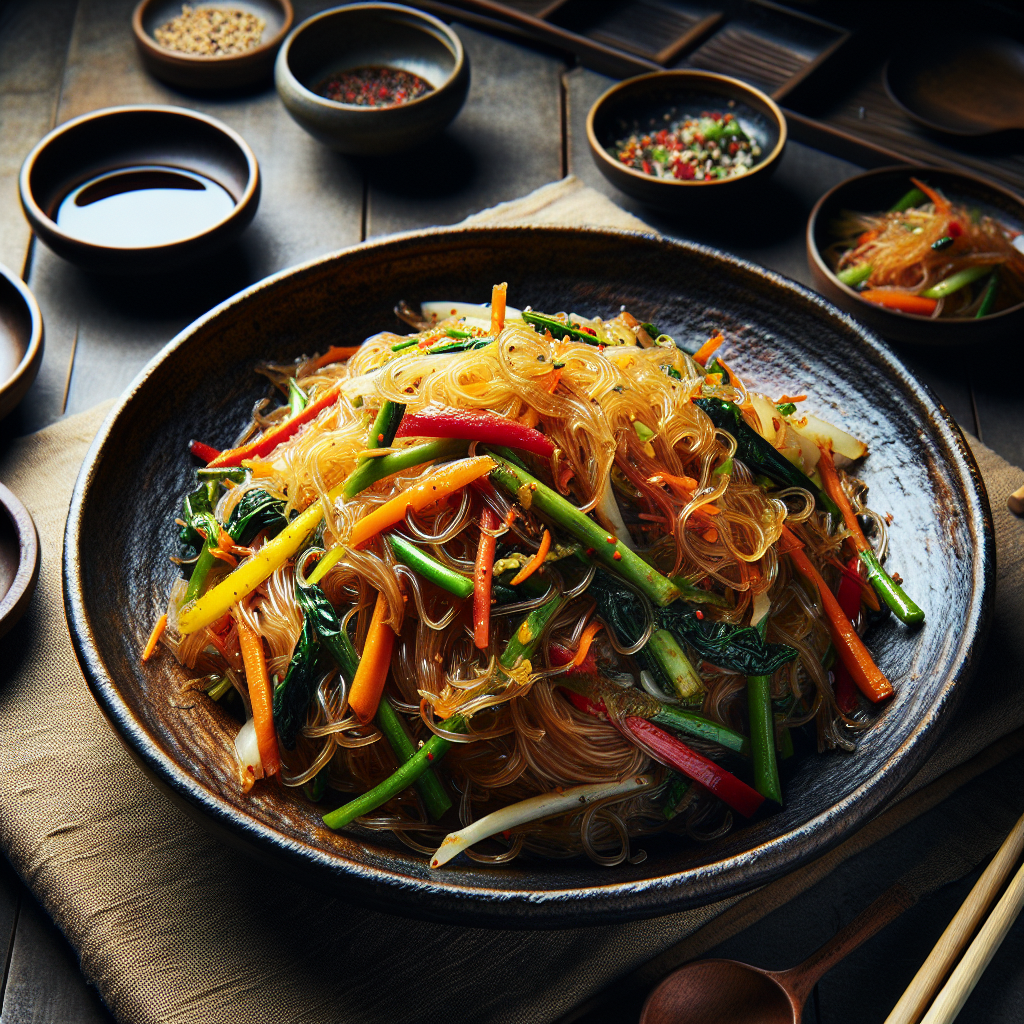
Serving
Serving japchae involves paying attention to the details to create a visually appealing and enjoyable dining experience. Here are some key elements to consider when serving this traditional Korean dish.
Garnishing
To add an extra touch of visual appeal and freshness, consider garnishing your japchae with some additional ingredients. Thinly sliced green onions, toasted sesame seeds, and a sprinkle of chopped cilantro are excellent options to enhance the appearance and add a burst of flavor. The garnishes not only make the dish look more enticing but also provide an extra layer of texture and taste.
Accompaniments
Japchae is often enjoyed as a standalone dish, but you can enhance the meal by serving it with various accompaniments. Offering a side of kimchi, a staple of Korean cuisine, adds a tangy and spicy element to complement the flavors of the japchae. Other common accompaniments include pickled vegetables, Korean barbecued meats, or a simple side salad. Experiment with different combinations to find the accompaniments that best suit your taste and preferences.
Proper Plating
When it comes to presenting japchae, attention to detail is key. Start by arranging the noodles and vegetables in a visually appealing manner on a serving platter. If desired, you can create a small well in the center of the dish to showcase the sliced omelet strips. This adds a touch of elegance and allows the vibrant colors of the vegetables to shine through. Carefully place the garnishes on top of the japchae, paying attention to balance and aesthetics. The final plating should be visually pleasing and invite excitement for the upcoming culinary experience.
Enjoying the Japchae
Now that you have prepared and served traditional Korean stir-fried glass noodles (japchae) with care, it’s time to sit back, relax, and savor the flavors of this delicious dish. Take your time to enjoy the different textures, flavors, and aromas that make japchae such a beloved and satisfying meal. Share this culinary experience with friends and loved ones, and appreciate the rich history and tradition behind this iconic Korean dish.
Whether you’re a fan of Korean cuisine or simply looking to try something new, japchae is a dish that is sure to captivate your taste buds and leave you craving more. With its combination of tender glass noodles, succulent meats, fresh vegetables, and a multitude of flavors, this traditional stir-fry is a true delight. So gather your ingredients, follow the proper preparations and techniques, and embark on a culinary journey to experience the wonders of japchae firsthand.
